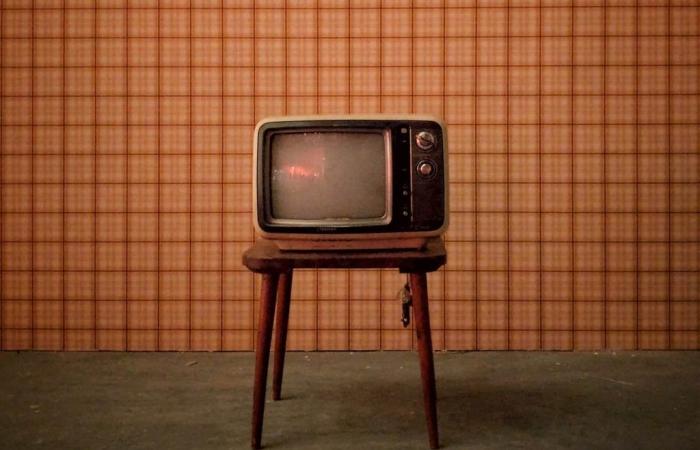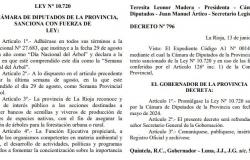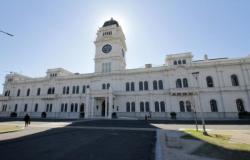Among many others, actors such as universities, public institutions such as SENA, unions such as Fecode, the ctcthe utc and even the Colombian Association of Television Workers (acotv), whose strike in 1973 became a milestone in the strengthening of the National Institute of Radio and Television (Inravisión), and whose May Day programs made history for most of the following decade.
This attendance expressed in some way what had been configured in the construction of the national television transmission network, made up of repeater antennas in the main Andean peaks of the country.
The assembly of the network reached epic dimensions of encounters between technicians, workers, farmers and indigenous people such as those of the Sierra Nevada de Santa Marta, whose Kennedy hill still embodies as a milestone the memory of that public educational and cultural effort, as it has been Manjui hill, near Bogotá.
With the adoption of color television, whose production was privatized in the seventies amid union struggles and television workers in defense of the public and culture as a common good, and the replacement of that national network Through satellite TV, also privatized, the displacement of those educational, cultural and popular and national integration dimensions began.
That place began to be occupied by the market for what was called “canned” at the time, to denote the physical form in which the first commercial and advertising programs that invaded the country from the large media groups of the American market circulated, leaving behind the cultural contributions provided by the European embassies and other latitudes, within that concurrence of national social inclusion.
In this way, between market and public function tensions, technological constructions and social and cultural workers’ struggles, television in the country became immersed in the world of consumer society, advertising and capitalist accumulation, at the top of which Inravisión ended up succumbing, which had been created since 1964, to be finally liquidated in 2004.
After seventy years of television
The century has already entered xxia process was consolidated that, since 1991 the lucid investigator of Channel 3, leader of acotv, Milcíades Vizcaíno, had announced as “the false dilemmas of our television. A look behind the screen.
In his book of the same title, co-edited by the Center for Colombian Reality Studies (Cerec) and the Inravisión union, he explained the beginning of neoliberal hegemony around the dismantling of the public that has been installed in the country since then:
All this leads to conceiving television as a form of entertainment rather than training and information, which must be provided by a sector made up of business organizations allied to the State, assuming that only they ensure its permanence and give it its legitimacy. But in the process, the presence of other sectors that could express themselves through a mass medium and have profound repercussions on society is being restricted. […] Mario Laserna said well in a discussion about the management of television by the State and about the introduction of advertising in the medium, since the beginning of the sixties: «Technological development has produced a new, very lucrative and very dangerous profession, By the way: that of those who manipulate the feelings, instincts, and emotions of others. Can a State, should a government allow the most effective instrument of persuasion, of influencing people, that until now is known, to fall into the hands of the guild of objectifiers of man? That the State does not know how to manage television? Well, let’s change the State, but let’s not hand over the man to his victimizers. That commercial propaganda is necessary to activate economic life? Very good. But that economic life, that consumption be at the service of man, and not man at the service of consumption…”
Thus, seventy years after television was created in the country, the assessment and importance of the public dimension of the electromagnetic spectrum are preserved in historical memory; of the social construction of that common good that should be a national radio and television institute, and of the wealth of knowledge, knowledge, cultural forms and critical thinking typical of those who forged that public space par excellence that is that of communication.
They face, like everyone, that Shakespearean dilemma that, in an illustrative way, and if you want ironically, we have proposed at the beginning of this editorial note: «TV or not to be».






